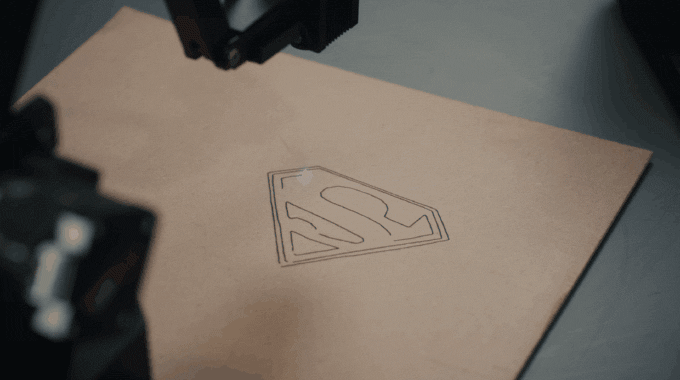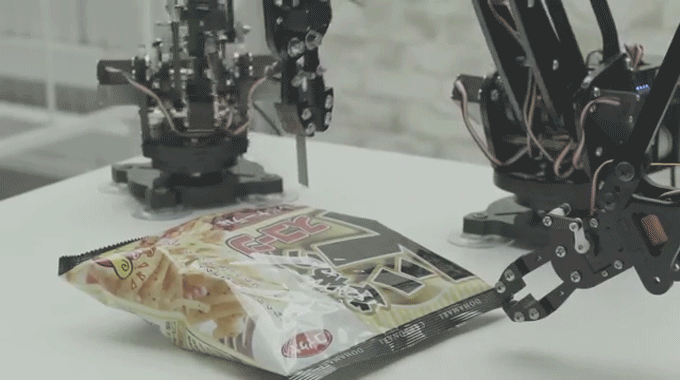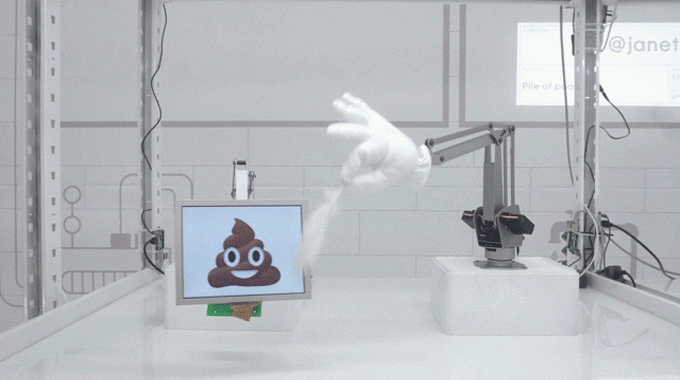The debate about the impact of new technology, particularly AI, on society continues to rage.
Last month, for example, the current front runner to replace Jerry Brown as Californian Governor in 2018,Gavin Newsom traditionally one of Silicon Valleys most vocal supporters warnedgraduating computer science students at UC Berkeley about the duty to exercise their moral authority to improve society.
This is code red, a firehose, a tsunami, thats coming our way, he said about the impact of new technology on jobs and inequality. So is Newsom right? Is the job of entrepreneurs and technologists, in his words, to exercise their moral authority?
To answer this question, and to talk more generally about the impact of AI on employment, I sat down with the co-director of the MIT Initiative on the Digital Economy,Andrew McAfee.
One of the worlds leading authorities on the economic consequences of new technology, McAfee is also the co-author of the 2014 bestsellerThe Second Machine Ageand the just publishedMachine, Platform, Crowd.
Three years ago, IinterviewedMcAfee and his co-author, the MIT professorErik Brynjolfsson, about the connection between digital technology and jobs. So whats changed since 2014, I asked McAfee about his findings in his new book. What has surprised him most about developments over the last three years?
On the one hand, McAfee admits, We all underestimate the pace of progress in the sense that things have changed much faster and more dramatically than he ever imagined. But on the other hand, he confesses, he admits to being surprised by the surprising number of jobs that have been created by all this new technology.
These jobs may not always be great, he admits. But they exist. Thus far, at least, then, we have been spared Gavin Newsoms tsunami of technological unemployment. McAfees biggest regret lies in what he see as the failure over the last three years of public policy to get ready for the oncoming storm.
None of the suggestions laid out in The Second Machine Age liberalizing immigration policy or investment in infrastructure, education and research have been pursued. And so, McAfee warns, we may today be even more vulnerable to the darker economic consequences of the digital revolution.
Should Silicon Valley exercise its moral authority to stop developing this job-killing technology? Here McAfee is unequivocal. Absolutely not, he says. Over the next fifty years, he acknowledges, the economy will become massively automated, but at the same time society will have had half a century to adapt itself to the march of the robots.
McAfee ultimately remains an optimist. Things are going to work out okay in the long-run, he promises. In the end, we will be able to control the tsunami that is coming our way.
Many thanks to the folks at theGreater Providence Chamber of Commercefor their help in producing this interview.




 Shaper CEO Joe Hebenstreit explains that there are two fundamental ways to build something. You can start with a structure, lets say an ice block, and carve away material to create beauty or you can start with nothing and assemble small parts to create something greater than the sum of each part, like a house. Constructing a house is a great metaphor for additive construction. 3D printers additively print layers of material until they create an object. CNC, on the other hand, is a subtractive process where an object is cut down to a useful shape. Typically techniques like aluminum fabrication and wood carving require subtractive rather than additive construction.
Shaper CEO Joe Hebenstreit explains that there are two fundamental ways to build something. You can start with a structure, lets say an ice block, and carve away material to create beauty or you can start with nothing and assemble small parts to create something greater than the sum of each part, like a house. Constructing a house is a great metaphor for additive construction. 3D printers additively print layers of material until they create an object. CNC, on the other hand, is a subtractive process where an object is cut down to a useful shape. Typically techniques like aluminum fabrication and wood carving require subtractive rather than additive construction.

You must be logged in to post a comment.